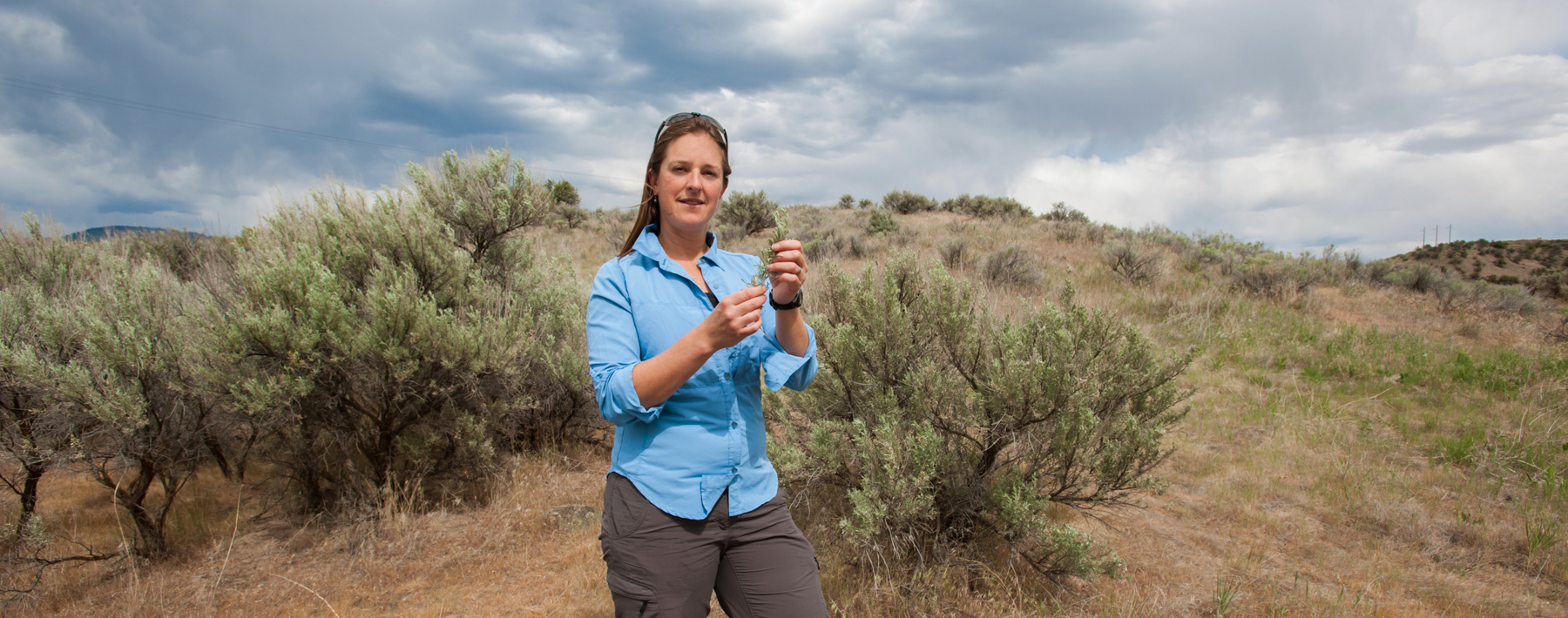Contribution Type
Article
Publication or Presentation Date
11-2022
Disciplines
Ecology and Evolutionary Biology
Abstract
A 12-week exposure study was conducted to evaluate the growth performance and activities of some liver enzymes of African catfish (Clarias gariepinus) juveniles cultured in water hyacinth (Eichhornia crassipes) infested concrete and plastic culture media. 152 fish juveniles were introduced into two large concrete tanks (6.0 m × 5.0 m × 1.2 m) for the outdoor experiment. A tank was infested with E. crassipes plant at a density of 12.30 plants/m2, while the other tank, which served as the control, contained no water hyacinth plant. For the laboratory experiment, 50 fish juveniles were stocked in duplicate into five circular plastic tanks (labelled CT, T1, T2, T3, and T4) containing water hyacinth plants cultured at densities of 0, 5, 10, 20, and 40 plants/tank respectively. The on-growing fish were fed (2 mm) fish feed (45% crude protein) at 5% body weight twice daily. The result showed that fish juveniles grown in the water hyacinth-infested culture media (both indoor and outdoor) had significantly (p < 0.05) better growth performance indices than those grown in a water hyacinth-free medium. The hepatic enzyme analyses revealed that fish juveniles cultured in concrete tanks with water hyacinth had significantly (p < 0.05) higher levels of DNA and glycogen activities. Fish cultured with the highest plant densities in a plastic medium had significant levels (p < 0.05) of liver protein, DNA, glycogen, G6PDH, and LDH activities compared with the control. The study concluded that fish raised in water hyacinth-infested media at moderate plant density performed better than those grown in the control weed-free media.
Volume
18
Page Numbers
e01415
DOI Link
https://doi.org/10.1016/j.sciaf.2022.e01415
Creative Commons Licesne

This work is licensed under a Creative Commons Attribution-NonCommercial-No Derivative Works 4.0 International License.
Recommended Citation
Adeyeni, Stephen Adebukola; Adewole, Henry Adefisayo; Lawal, Bola Morufat; Ogundepo, Gbenga Emmanuel; Obuotor, Efere Martins; . . . and Odufuwa, Temitope. (2022). "Growth Performance and Activities of Some Liver Enzymes in Clarias gariepinus Burchell 1822 Juveniles Cultured in a Water Hyacinth (Eichhornia crassipes [Mart] Solms-Laubach) Infested Media". Scientific African, 18, e01415. https://doi.org/10.1016/j.sciaf.2022.e01415



Comments
For a complete list of authors see article.